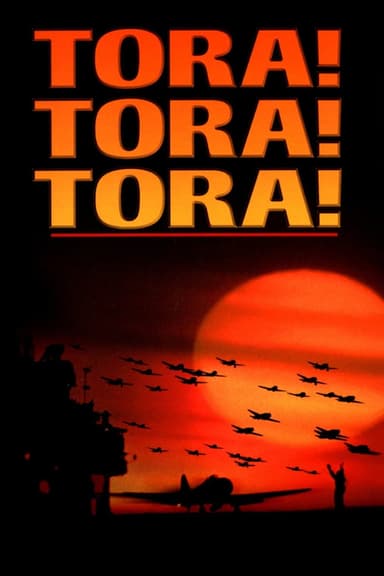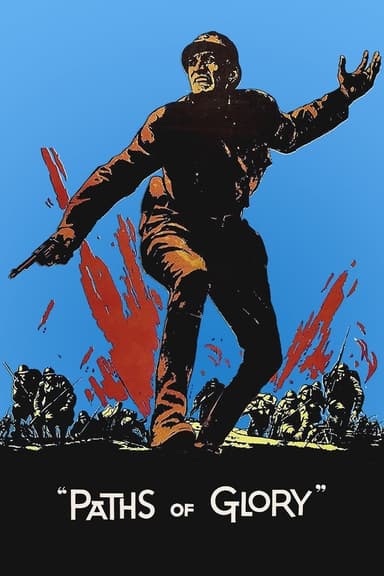
All Quiet on the Western Front
1930 • Drama, War • NR
When a group of idealistic young men join the German Army during the Great War, they are assigned to the Western Front, where their patriotism is destroyed by the harsh realities of combat.
Runtime: 2h 13m
Why you should read the novel
Reading Erich Maria Remarque's 'All Quiet on the Western Front' offers a deeply personal immersion into the thoughts, fears, and camaraderie of soldiers barely older than boys. The novel's evocative internal monologue, vivid sensory detail, and poignant introspection bring the brutality of trench warfare and the loss of innocence to life in an intimate way that film can only gesture toward.
Remarque's prose captures the nuances of disillusionment and trauma sustained by an entire generation. His characters are given rich inner lives, their shifting perspectives and emotional scars revealed across pages of unforgettable narration. The haunting, lyrical descriptions of both the battlefield and the rare moments of respite allow readers to walk alongside Paul Bäumer as he navigates a world torn apart by conflict.
By reading the source novel, you encounter unfiltered reflection on the pointlessness of war, philosophical observations, and nuanced character development missing from most screen adaptations. To truly grasp the depth of Remarque's anti-war message and the lasting psychological impact upon those who lived through the trenches, the book remains unparalleled.
Adaptation differences
The 1930 film adaptation of 'All Quiet on the Western Front' differs from Remarque's novel in several important ways. First, much of the nuanced interiority and philosophical contemplation present in the novel are abbreviated or omitted on screen. The movie relies more on dialogue and visual storytelling, which limits access to Paul Bäumer's inner thoughts and the subtle emotional shifts that permeate the book. As a result, the film conveys a more immediate but less reflective experience.
Another key difference lies in character development and relationships. While the novel takes time to flesh out Paul’s friendships, especially his bond with Katczinsky and other comrades, the movie condenses these relationships to fit the constraints of its runtime. Several side characters and subplots are either simplified or excluded, resulting in less detail regarding the backgrounds, personalities, and emotional losses endured by the soldiers.
Additionally, the scope and tone of certain scenes diverge. The film, limited by the filmmaking techniques and censorship concerns of its era, sometimes softens or omits graphic descriptions of violence, the psychological impacts of killing, and the raw suffering of the trenches. Some iconic sequences, such as Paul’s experiences on leave or his time in the hospital, are portrayed with less complexity or omitted entirely.
Finally, the ending of the 1930 film is altered to create a more abrupt and visually symbolic conclusion. While the novel’s final moments focus on the meaninglessness of Paul’s death and the general apathy of official war records, the movie opts for a visually poignant scene featuring Paul reaching for a butterfly before he is shot. This change, though memorable, shifts the thematic emphasis and emotional resonance compared to the subtlety and bleakness of Remarque’s original ending.
All Quiet on the Western Front inspired from
All Quiet on the Western Front
by Erich Maria Remarque











